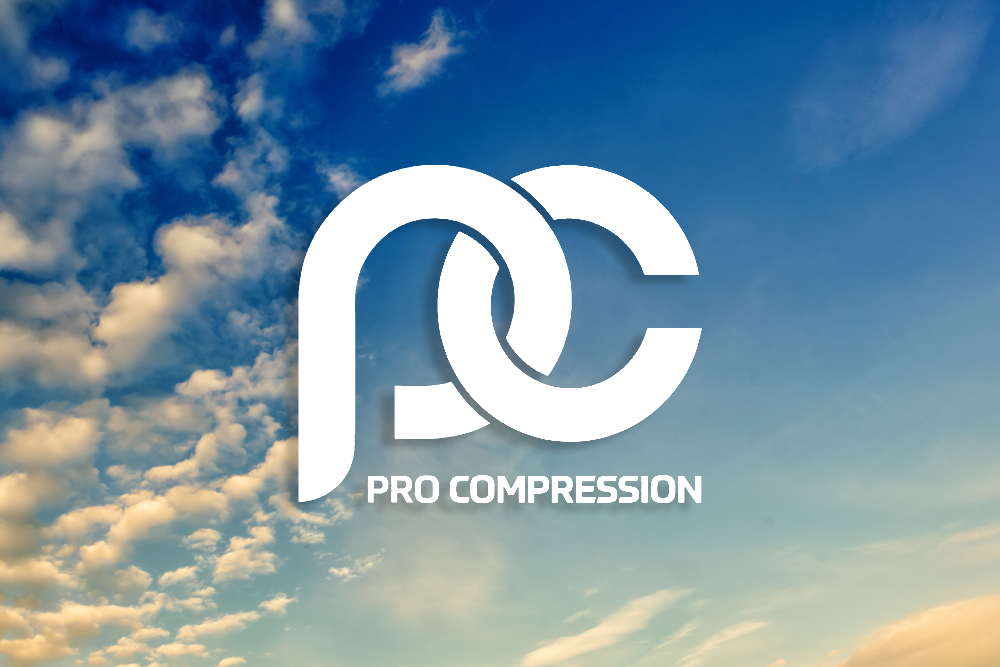In sociology, the Matthew effect, also known as accumulated advantage, is the phenomenon where “the rich get richer and the poor get poorer.” This concept translates to marketing in that companies who develop a competitive edge and become popular early on are more likely to become more popular, succeed over time and sustain their success. There are arguments that cumulative advantage is a dying art in the advent of technology, but we’re here to examine the process and, perhaps, prove that technology can actually be a catalyst for sustainability for brands that chose to embrace new trends and employ the latest innovations.
To further understand cumulative advantage, let’s address the phenomenon of going “viral.” When you hear about or come across a video with over a million views on YouTube, for instance, there is an innate desire for most to see why this particular video has drawn so much attention. You are more compelled to watch a video that develops a reputation and has an impression on so many of your peers versus a video with 5 or 10 views. This is the concept of cumulative advantage.This is one of the mechanics of word of mouth and something that clearly sets us up – as marketing strategists – to think of the world in which we’re living as highly dynamic. Today, we are highly connected, and data travels fast. This is why I would venture to say that cumulative advantage is not dying. It’s just more difficult to harness. With so many information highways at a marketer’s disposal, the pressure is in a choice – which do I choose?
This is the opportunity that we have today. Everything is a living lab, where we can watch our target markets operate in nearly real time, with stacks of algorithms and analytics at our fingertips. Running a marketing program is more about optimization today than it is about initial insight. It is about flexibility and the ability to think quickly and recognize patterns as they begin to emerge. We are creatures of habit, and to establish a competitive edge and build a cumulative advantage, marketing must appeal to our habits in a dynamic way.
Let us now look at what it means to become popular. As stated in the recently retired CEO of Procter & Gamble, A.G. Lafley, and professor at and the former dean of the Rotman School of Management at the University of Toronto, Robert L. Martin’s 2017 Harvard Business Review article, Customer Loyalty is Overrated, “Marketers have long understood the importance of winning early.” How do many industry juggernauts “win early”? Providing value free of charge. The HBR article references Tide as an example. “When it was introduced, in 1946, (Tide) immediately had the heaviest advertising weight in the category. P&G (Procter & Gamble) also made sure that no washing machine was sold in America without a free box of Tide to get consumers’ habits started. Tide quickly won the early popularity contest and has never looked back.” In the era of digital technology we need not look far to observe how this trend has evolved.
Facebook. Twitter. Google. Amazon. Recognize these names? Of course you do. And they are all free services – deliberately engineered to offer a service that people want. The more people want it, the more popular it becomes. Then, providers and advertisers follow, because everybody wants to be where the consumers spend their time.
Becoming popular is the first step in building a cumulative advantage for a reason. Marketing is a numbers game. Get the people’s attention, and the masses will follow. How often have you been offered a free trial for a paid service? People love free. And then idea is that once consumers are hooked, they are more likely to pay. As I said, we are creatures of habit.
This leads us to our next step – designing for habit. This is such significant element of branding that we’ve decided to dedicate an entire entry to The Power of Habit. Stay tuned, but for now, let us scratch the surface. Marketing should never leave the outcome entirely to chance. Consumers have compulsions, and the most successful marketing efforts take advantage of these compulsions, respectfully. As customers, we want our purchase decisions to be easy, and we actually make most purchases automatically. That’s why the subscription model has become so popular in so many industries. We don’t need to consciously decide about routine purchases.
It’s all about gaining Cumulative Advantage — once you gain a small advantage over the competition, it grows over time as purchasing your product or service becomes a habit to customers.
Make it easy to buy, and make your product memorable. The most successful brands have consistent elements of product design that can be seen from a distance so buyers can find the product quickly. Take Tide, for instance. You’re walking down the laundry detergent isle in the supermarket, and Tide stands out. The logo resembles bull’s-eye, as to say to the consumer – “You have hit the mark!” Distinctive colors and shapes for the product and logo make it easier for customers to make the habitual choice. Memorable messaging in as few words as possible goes a long way.
In our next segment, we’ll dive deeper into consumers’ digital habits and discuss how your brand can communicate clearly and effectively to sustain a following. For now, remember becoming popular early is the foundation for establishing a competitive edge. Once you’ve earned popularity, the idea is become habitual. Building a cumulative advantage doesn’t happen overnight, but if you play your cards right, appealing to your target audience’s need for convenience, your brand is well on its way.
In preparation for what will follow in Part II, let’s review some key points: Becoming popular is an uphill battle. Word of mouth has evolved. We live in a world that is overrun with options. Technology creates opportunity for small entities to gain traction through cost-effective methods. Accessibility has evened the playing field, forcing brands to be more creative than ever to earn popularity.
Understanding consumer behaviors is the key to designing for habit and creating a following. In its simplest form, marketing is an opportunity for a brand to create its customers. The task then becomes managing and continuing to nurture those relationships. Staying relevant is perhaps the greatest challenge of all. Consumers may like the feeling of having options, but there is a reason the easy choice is, often times, the most popular. A choice that’s convenient AND fulfills a need is really no choice at all. It just makes the most sense.
There is a fine line between becoming the habitual choice of your consumer and becoming an afterthought, however. This is the line we will venture to examine in PART II. With new choices presenting themselves every day, the struggle to maintain relevance can easily become a pitfall. Brands feel the pressure, make rash decisions, changes to their brand identity and messaging, and in some cases, this can lead to the dismantling of the popularity and following they’d worked so hard to cultivate.
Avoiding these pitfalls is more fundamental than it may seem. Stay tuned as we offer our insights in Part II as to how brands can use the momentum outlined in this segment to sustain their cumulative advantage and successfully nurture customer relationships.




